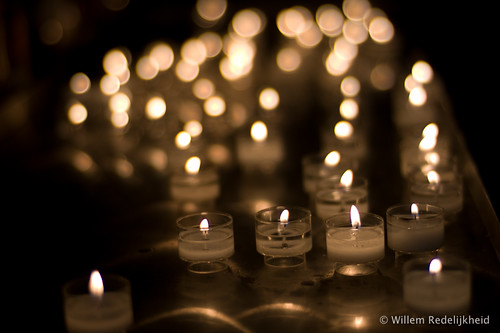 No matter how extensive your research is, there's always something (bad??) you miss. In this case it's focus-shift with fast lenses. Focus-shift means that the actual focuspoint is not exactly where you might think (also known as front- or backfocus). In the case of the Zeiss C-Sonnar 1.5/50mm it occurs generally @f/1.5 or @f/2.8. My Zeiss 50mm has this 'problem' @ f/1.5, which means that the lens is calibrated for film. Problem is a big word, since it seems to be inherent to the C-Sonnar design. It's also something that occurs a lot with a rangefinder system.
No matter how extensive your research is, there's always something (bad??) you miss. In this case it's focus-shift with fast lenses. Focus-shift means that the actual focuspoint is not exactly where you might think (also known as front- or backfocus). In the case of the Zeiss C-Sonnar 1.5/50mm it occurs generally @f/1.5 or @f/2.8. My Zeiss 50mm has this 'problem' @ f/1.5, which means that the lens is calibrated for film. Problem is a big word, since it seems to be inherent to the C-Sonnar design. It's also something that occurs a lot with a rangefinder system.
To solve this, I need to focus on the ears instead on the eyes when I shoot a portrait, or just compensate bij moving a bit forward after focussing. I could have Zeiss recalibrate the lens for free (while still in warrenty), but that means shifting the problem to another aperture.
If it turns out to be a real problem, I could always go for a Leica M Summicron 2/50mm (which I have still on backorder along with the Leica M Summicron 2/35).








